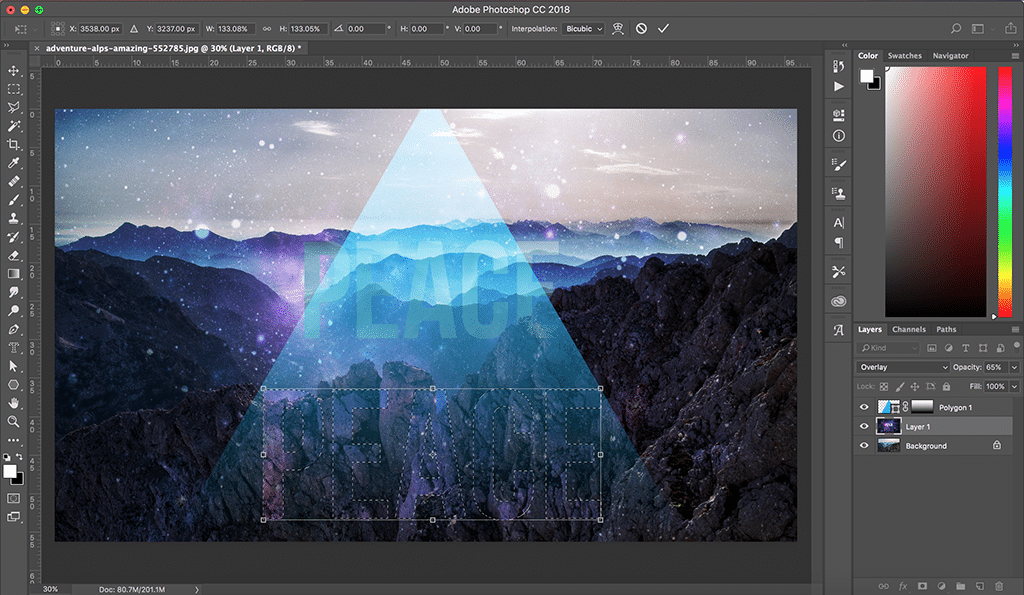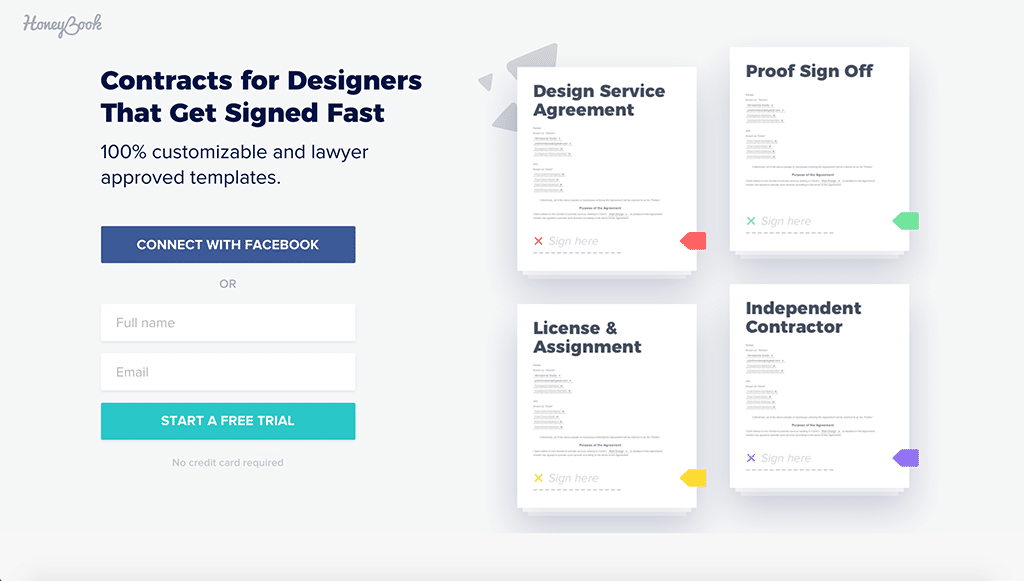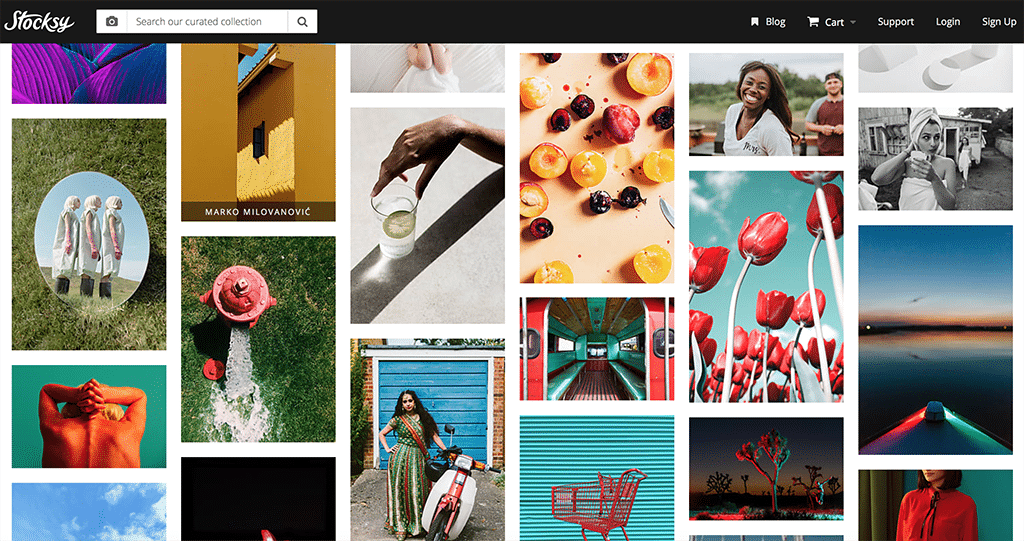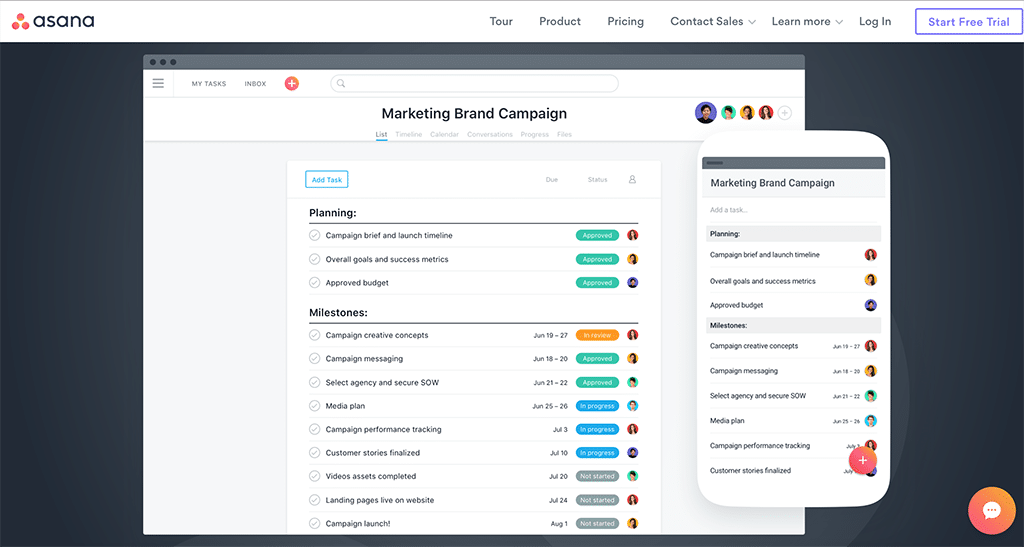This article was contributed by Atiq Rehman.
You’re ready to start your design career and to turn your passion into your livelihood.
You’ve learned the software, practiced and studied. But turning your passion into a long-term, successful career, takes more than ambition and talent.
Balancing creativity with career planning and business management is a crucial art for graphic designers – and one that can take time to master. While some things you can only learn through experience, there is no reason why you shouldn’t benefit from expert advice.
Here are 12 excellent tips to help you jumpstart your career.
Six tips to help maximize your creativity
Fun things first! Let’s have a look at some of the best creativity-related practices for junior designers.

1. Master (and we mean master!) Photoshop
You will use a plethora of different tools in your design process, and every designer has their favorite go-to apps. But there’s one program you must know like the palm of your hand if you want to succeed – Adobe Photoshop. This digital imaging program is so powerful and versatile that you not only can perform most of your work with it, but you will most likely be asked to do so.
If you’re not comfortable with Photoshop, self-taught or learned on another platform, you should make a point of getting up to speed through practice, and online courses, workshops or video tutorials. Do everything it takes to stay up-to-date and improve your Photoshop skills continually.
2. Seek inspiration (not imitation)
While of course you can be inspired by the world around you, as a professional designer there are tried and true methods to stay inspired. There are many online resources with powerful and insightful coverage of the creative world. Adobe Create magazine, Medium platform, and 99designs blog are just a few great sources for inspiration. The Internet is full of creative resources awaiting to discovered by avid young people like yourself.
They say imitation is the sincerest form of flattery, but in graphic design that only leads to unoriginal and borderline plagiarised work. It can be difficult for young designers to be inspired by other’s work without inadvertently copycatting. Instead of copying the result, analyze the piece or style that caught your attention and identify the factors that make it so appealing to you. The key is not to do exactly what others did, but to do your own thing in a similar fashion.
3. Be aware of trends, but be you
In our tech-driven world, visual content evolves at increasing speed, making the designer’s job as exciting as it is demanding. To prevail in this business, you need to stay current. Using your library of inspiration sources to stay up to date with visual trends is a wise, creative move.
However, don’t sacrifice your design style merely to follow the latest trends. Your individuality as an artist and your integrity as a designer is what will make you unique in a pool of young designers. The secret is in adapting (not only adopting) trends that complement your personal style – and your client’s needs – in an individual, signature way.
4. Keep it simple
When you’re fresh out of design school or in your first days of freelancing, it is normal to be excited to show off your skills and want to create mind-blowing visuals. And you can totally do that without throwing every technique you’ve learned and every idea you’ve come up with into one single design.
Trust your instinct and the word of experienced designers that say the strongest designs are those with a clear and coherent concept, defined subject, and only one or few techniques efficiently executed. In other words: do, don’t overdo. Keep it simple.
5. Always aspire to achieve visual harmony
To accomplish the great designs you need (and want), you must keep visual harmony as your north. Your project not only needs to be concise and neatly designed, but you should also want it to provoke a pleasant experience for the viewers.
How do you achieve that? It’s a lot simpler than you’d think – with “simple” being the keyword. For example, work with your color palette choosing complementary or low contrast tones, pick for no more than two typefaces, and make sure the font styles complement each other fluidly.
The most important thing is to utilize content hierarchy: don’t overshadow crucial copy with noisy backgrounds or crazy fonts, don’t wash out your main subject with multiple accessory graphics, etc. Identifying the relevance of each element in your design and working with them according to that importance helps you ensure you’re respecting the hierarchy.
6. Say yes to stock media resources
Stock media is a real lifesaver for creative work: the sooner you embrace it, the better. Royalty-free stock media including photos, vector illustrations, templates, and more can be the perfect addition to your graphic designs.
Stock graphics are an excellent resource for inspiration and creativity. For example, did you know some of the most viral memes are actually repurposed stock photos?
There are more concrete benefits too: stock media files are available immediately, speeding your turnaround times. You can customize them as much as you wish, to give them your original touch. Plus they are high resolution, suitable for any professional use, and the Royalty Free license grants you, your respecting usage rights. Add the fact their cost fits most budgets, and it’s a great deal!
Six business tips for new freelancers

We examined how to maximize your creativity, but what about your business? Learning business skills can be intimidating. Nevertheless, if you’re going to be freelancing full-time, or even part-time, you need to know your way around the business side of graphic design.
Check out the following smart business tips to make sure your new venture runs smoothly.
1. Profile yourself from the start
A strong USP (unique selling proposition) is a key factor to a successful freelance career. It’s important to think about what you can do, what you want to do, and how you’re going to do it in a personalized way that means a unique value for your clients. Identifying your USP is no easy task, but once you define your brand, you’ll be on the right track. In fact, you’ll have a better understanding of how to market yourself to your potential client base.
2. Communicate, communicate, communicate
Most of the time you will be working to bring your client’s vision to life and to design something that meets (hopefully exceeds) their expectations and needs. Communication will be as important as design skills, and you can’t count on every client to be a good communicator, so you’ll need to be one yourself.
From briefs, feedback rounds and approval, all the way to working methodology (deadlines, file delivery, scheduling, invoicing, etc.) do your very best to express your ideas and your terms in the clearest way possible. Get specific confirmation and approval from the client at all times.
Keeping track of these tasks and moving parts is going to be a real headache, especially if you have multiple projects going on at once. Consider opting for a project management solution which can help you keep everything in check (while helping you communicate better both internally and with the client). Wrike and Asana are two of the most popular tools you could use – BeeWits has an excellent Wrike vs Asana comparison here.

3. Contracts are your friends
Always backup your commissions with a contract. This is easier than ever to do today with many websites and apps providing contracts ready to fill in, send, sign and store at your fingertips. You can find many examples of essential contract templates for freelancers online, and there are also sites providing PDF contract templates. There is no excuse to not to use a contract, but there are plenty of risks you take by not doing so.
4. Organization is crucial
There’s a popular stereotype that creative people are messy and have things out of place at all times. Don’t become the stereotype – disorganization will only complicate your life and slow down your budding freelance career.
Embrace organization for your workflow. From a neatly arranged desktop to logical files storage, plan your workflow stages. Having things under control actually gives you more room to go nuts in the creative process. Plus, you’ll be working like the pros do.
5. Provide excellent customer service
A big part of freelancing involves dealing with clients or prospective clients directly. If you’re a born people person then great. But what if you’re not? Well, you’ll have to work on it.
Being good at managing clients is not only about being kind, meeting deadlines and pleasing them at all times. It’s a very subtle art to know how to walk them away from crazy ideas, to identify when it’s beneficial to give a little extra to a recurrent client and when it would lead to an abusive partnership. It’s important to stand your ground with someone who refuses to pay for your time.
A lot of this is learned through experience, and everybody handles clients differently. But you must know from the start, that this is not an aspect of your business you can overlook if you want to make it big as a designer.
6. Don’t be shy to explore business opportunities
While it’s true practice makes the master and building a portfolio, a client base and your brand can take time, nothing says you have to wait to be a big fish to into new and bigger ponds.
There are a few easy ways to grow your business exposure even as a junior designer. Namely, blogging and networking with other designers, related brands and products, prospective clients, etc. Make sure you have fresh and original ideas to bring onto the table and reach out to those who you think could cross-benefit from connecting and/or collaborating with you.

Be a beginner, work like a pro
If you follow these tips and the advice of experienced designers, you will be able to do what many didn’t or couldn’t – start off with a professional perspective from the start.
Good luck, and happy designing!



No comments:
Post a Comment